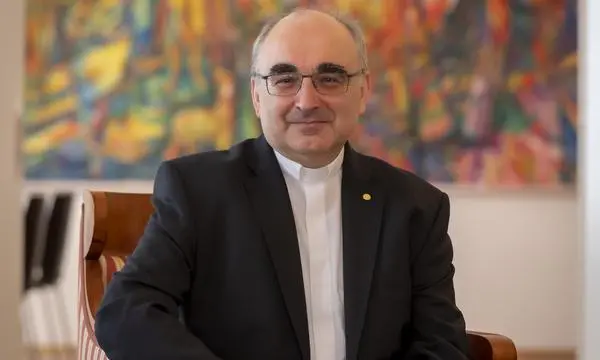Teuvo Hakkarainen is right: conditional imprisonment is often a void punishment

HS analysis|A fine may often be a more severe punishment than conditional imprisonment. The situation seems wrong, writes Lasse Kerkelä, a legal and crime reporter at HS.
The abstract is made by artificial intelligence and checked by man.
Former MEP Teuvo Hakkarainen was sentenced at the end of May for aggravated tax fraud for conditional imprisonment. He stated that a conditional judgment means nothing.
« I would have had to pay a fine, the conditional doesn’t hurt me in any way, » Hakkarainen said after the judgment.
Conditional imprisonment should be more severely punishable, but in reality, the situation is often different. It feels wrong, writes journalist Lasse Kerkelä.
Conditional The prison sentence means nothing.
This is what the former MEP and MP Teuvo Hakkarainen At the end of May, when he was convicted of gross tax fraud at the court.
Hakkarainen received eight months of conditional imprisonment.
He seemed pleased that the court sentenced a conditional prison sentence instead of fines.
« I would have had to pay a fine, the conditional doesn’t hurt me in any way, » Hakkarainen said after the judgment.
For punishment, I am on the same line with Hakkarainen. If for some reason I happened to be a sentence for a crime, I would love to take conditional imprisonment instead of significant fines.
If a person sentenced to a conditional imprisonment does not make a new, relatively serious crime, he or she can continue his life in the former model. When there are no fines, the money you can use can be used for what you want.
The situation seems wrong. In the Finnish sanctions system, conditional imprisonment should be more severely punishable.
What Conditional imprisonment exactly means?
It has been described as a warning and as another opportunity.
The convicted person can continue his daily life as usual: to live at home and spend his time as he wants. Conditional imprisonment does not usually include any specific obligations.
The imprisonment of up to two years may be conditional. When a court sentenced a conditional sentence, the sentenced person will also be sentenced to a 1-3 year probationary period.
If the sentenced person commits a new crime during the probationary period, a conditional prison sentence may be enforced, that is, the sentenced person to the prison.
However, any new crime is not enough. A conditional judgment may only be enforced when a new offense is imposed in prison.
In Teuvo Hakkarainen’s case, the probationary period lasts two years, until late May 2027.
If Hakkarainen happened to commit a new crime that brings the prison sentence during that time, the previous eight -month suspended sentence could be enforced in whole or in part.
On the other hand, if Hakkarainen does not commit a new crime, there is no direct consequence of conditional imprisonment.
Only sparse A conditional prison sentence is implemented on the basis of a new crime. In 2023, 539 times were made, while nearly 13,000 new conditional prison sentences were imposed.
However, one concrete downside to conditional imprisonment is compared to the fine. The criminal record shows a conditional judgment for five years, while the fine will not be entered there.
For some, the registration entry may even matter. In some situations, it may prevent, for example, getting a job.
Also, the reputation of a conditional imprisonment may be greater than fines. It can be easier to tell those close to and acquaintances than the prison sentence, even if it is conditional.
What If the court considers the conditional punishment alone to be too mild but an absolute judgment too harsh?
In this case, the courts may prescribe a consequence in the context of conditional imprisonment. Conditional imprisonment can be fined, community service or control.
However, a clear majority of conditional prison sentences are prescribed, as in the case of Teuvo Hakkarainen, without any follow -up.
Less than one third of the conditional sentence prescribed in 2023 included a bid and two percent of the community service. About five percent included monitoring of a person sentenced under the age of 21 during the probationary period.
If the consequences were to be prescribed more often, a fewer sentenced ones should say, in the same way as Teuvo Hakkarainen, that the punishment would not mean anything to him.








